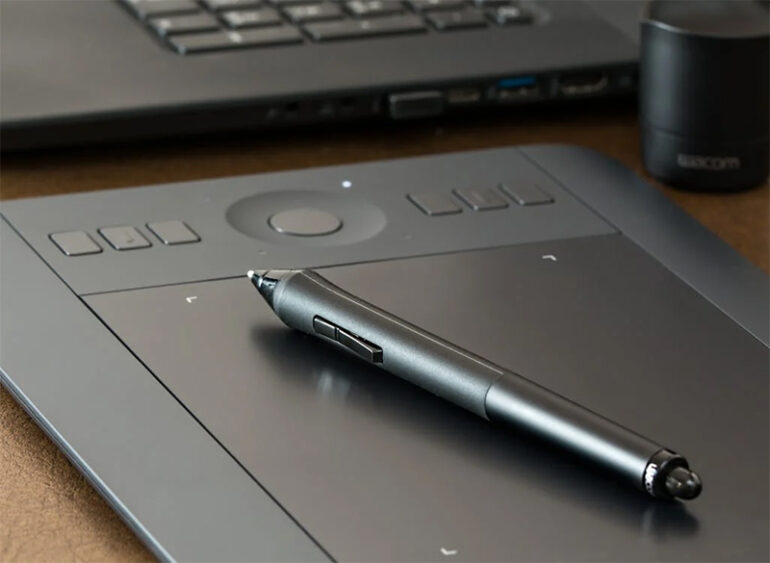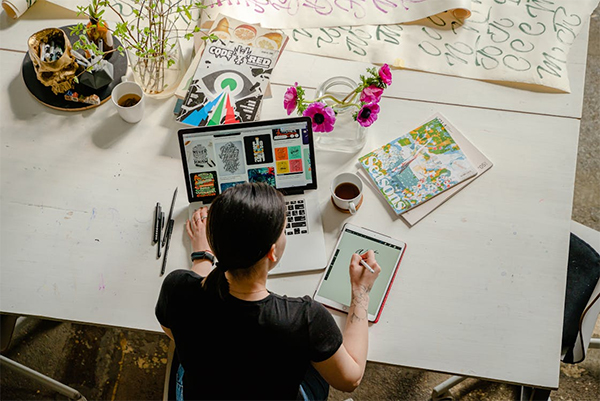Changing with society and technology, art has always reflected human inventiveness and cultural developments. Every age, from the sophisticated Renaissance techniques to the prehistoric cave paintings, has added to the rich tapestry of creative expression. The inclusion of digital technologies into the artistic process is changing the way artists approach their work as we stand at the junction between modernism and legacy. This dynamic interaction not only improves conventional methods but also creates new directions for research and invites a fresh conversation between past and present in the always growing field of art.
The Evolution of Traditional Art Techniques
From oil on canvas to cave paintings, artists have used several mediums across history to convey their inventiveness. Techniques including fresco, watercolor, and printmaking have changed and each adds special textures and effects to artwork. A major turning point, the Renaissance brought anatomical accuracy and perspective that prepared the way for contemporary art styles. Artists started investigating new media as materials and techniques developed, combining creative ideas with age-old techniques. This ongoing development reflects the shifting technological and cultural scene, which finally helps digital art to blossom as a new front in creative expression.
The Rise of Digital Art
The artistic scene was transformed by the development of computers and software, which let designers investigate hitherto unexplored areas of expression. Graphic tablets and design tools let artists precisely and easily modify images, therefore promoting a special fusion of technology and creativity. From pixel art to 3D modelling, this change created doors for many styles, therefore increasing the accessibility of art to a larger audience. Online venues provide creators a stage to present their work, network with colleagues, and interact with worldwide populations. Digital art has therefore become well-known and shapes modern society as well as the parameters of artistic expression.
Bridging the Gap: Traditional Artists Embracing Digital Tools
Many conventional painters have started using digital tools in their work, fusing contemporary technology with age-old methods. This blending lets them play with fresh looks while keeping the core of their original media. Using programs for colour experimentation, sketching, and even last touches helps artists improve their work without compromising their own voice. Online lessons and seminars have developed to offer tools for those moving to digital media. This mix not only increases creative opportunities but also promotes a conversation between conventional and digital communities, therefore strengthening both spheres and inspiring artistic expression in both of them.
The Future of Art: Exploring the Boundaries of Traditional and Digital Mediums
The junction of conventional and digital media is opening the path for creative expressions challenging accepted limitations. Mixed media is becoming more and more of a tool used by artists to create immersive experiences by blending digital advancements with actual materials. Emerging as potent instruments are virtual reality and augmented reality, which let visitors interact dynamically and interactively with art. This change promotes cooperation among audiences, technologists, and artists, therefore generating a dynamic discourse redefining the art experience. The possibility for original kinds of creativity grows as new technologies advance, therefore offering an interesting future where the boundaries between media blur and fresh opportunities show.
The continuous interaction between conventional and digital art forms marks a turning point in creative expression where the combination of technologies and techniques lets artists rethink their work. This synergy not only improves the artistic scene but also democratises art access, therefore promoting a cooperative climate that supports invention and experimentation. The future is full of great possibilities for innovative works challenging ideas and involving viewers in yet unheard-of ways as artists keep stretching the boundaries of their media.
Photo Attribution:
1st & featured image by https://www.pexels.com/photo/pen-on-gray-e-book-reader-301792/
2nd image by https://www.pexels.com/photo/photo-of-woman-writing-on-tablet-computer-while-using-laptop-4348401/

